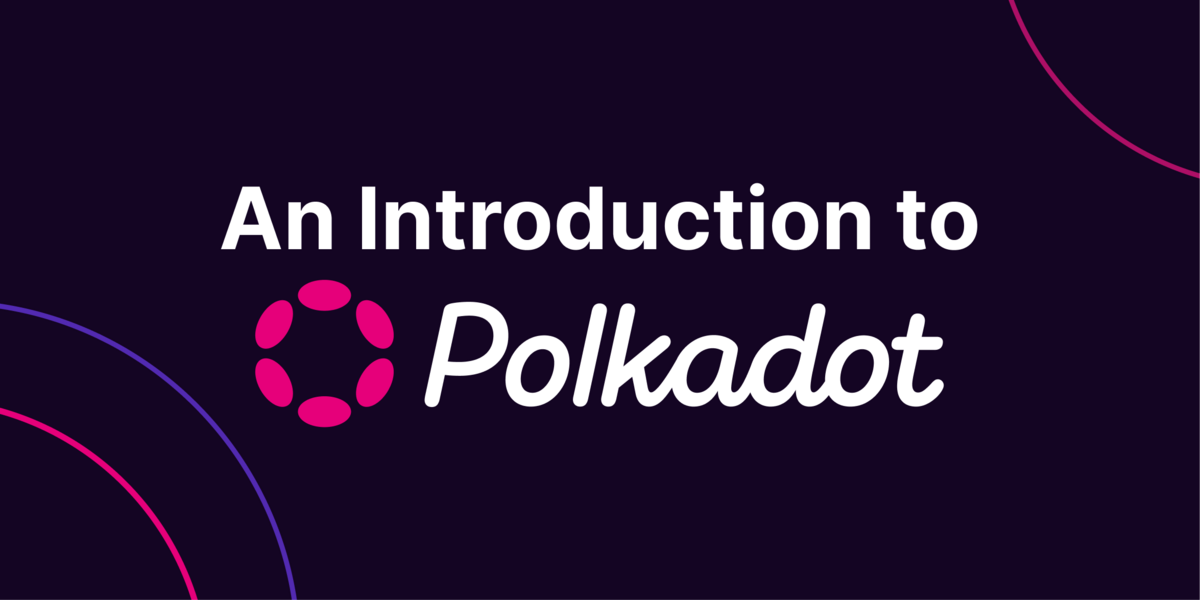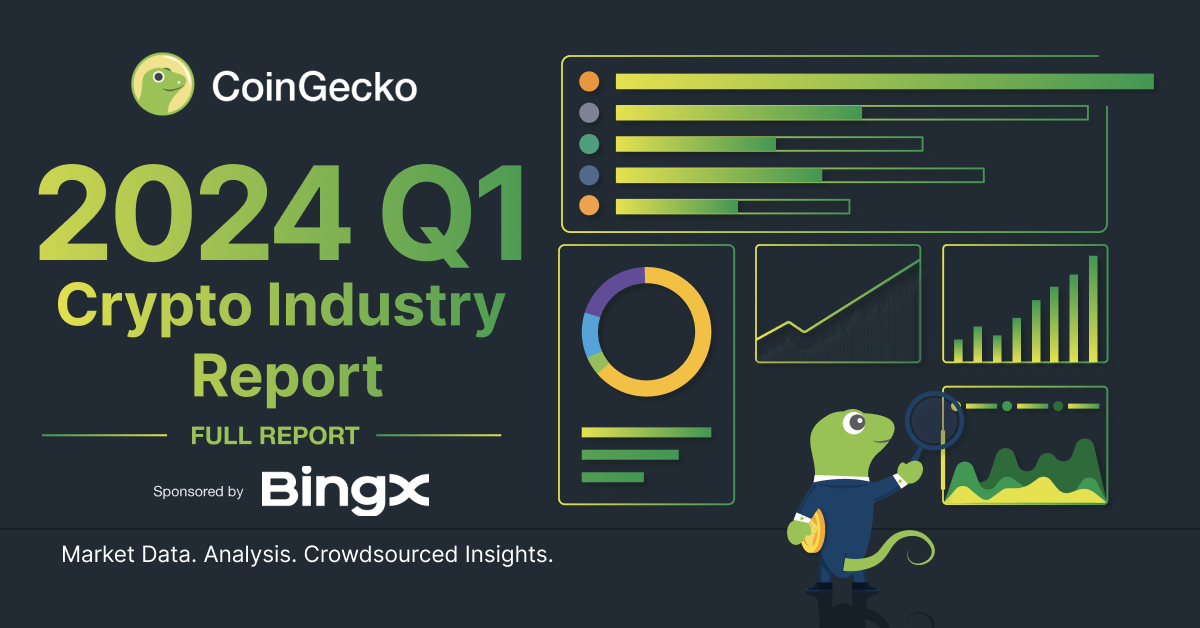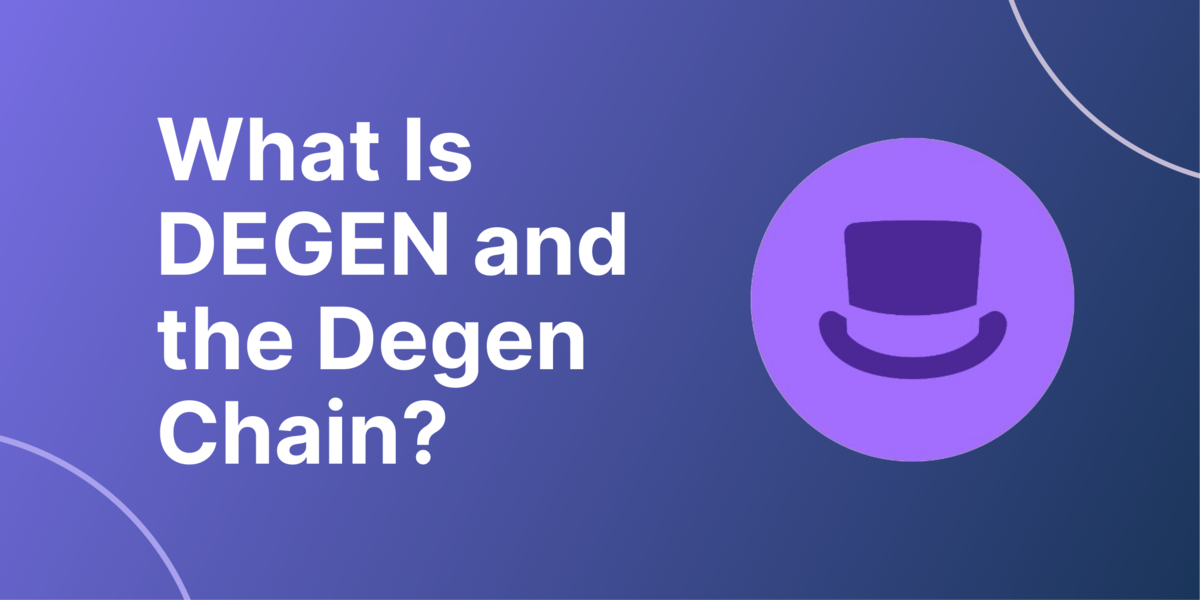EOS is Expensive
The latest launch of the EOS mainnet, completed after the EOS team secured the biggest initial coin offering (ICO) in history at $4 billion, marked the start of a four-way competition amongst the blockchain projects mentioned above. At $9.5 billion, EOS remains second in line behind Ethereum, while Cardao and NEO remain as the third and fourth largest smart contract protocols.
Because it is based on the Ethereum protocol, EOS is compatible with Ether and its smart contracts are deployed onto the Ethereum network. Unlike Cardano (ADA), which has built its blockchain network from ground up with a completely different structure to Ethereum with its two-layer settlement system, EOS is heavily dependent on Ethereum to process data on the blockchain.
The merit of EOS, according to the EOS team, is the platform’s scalability. Developers can deploy large but scalable applications on the EOS network without having to pay expensive gas costs or transaction fees required on the Ethereum network. Since each piece of information is considered as a transaction, on the Proof-of-Work (PoW) Ethereum network, decentralized applications are required to pay transaction fees to miners to settle information.
On the EOS network, due to its delegated proof-of-stake consensus algorithm, which essentially enables holders of the EOS tokens to verify transaction and information, Dapp developers need to purchase and hold EOS tokens to be able to deploy large capacity applications with consistent network bandwidth. In a nutshell, the amount of resources a Dapp can consume directly depends on the amount or the share of EOS tokens the developers of the Dapp have.
At one point, CryptoKitties was the most active Dapp on the Ethereum blockchain network, accounting for more than 15 percent of the Ethereum network’s daily transaction volume. Over the past few months, according to StateOfTheDapps, popular decentralized cryptocurrency exchange IDEX took over CryptoKitties, demonstrating a daily volume of 55,755 Ether, 22,844% larger than CryptoKitties.

But, when CryptoKitties was the most widely utilized Dapp on Ethereum, it required 15 percent of the Ethereum network’s entire capacity to support CryptoKitties users. Apart from transaction fees users had to pay to the miners, there weren’t any additional costs imposed on CryptoKitties developers.
If CryptoKitties at its peak was based on the EOS network and it accounted for 15 percent of the EOS blockchain network, it would have required the developers to purchase $1.5 billion worth of EOS tokens, which are also subject to 5 percent yearly inflation given to block producers.
One developer said that he attempted to deploy an application on the EOS network but due to the high cost of Dapp launch on EOS, he had to move over to the Ethereum network.
“This is much more expensive than even NEO, which is $7,000-$65,000 for a contract and is already totally unaffordable. I wanted to build on EOS, but turns out it's just impossible, Ethereum is the only dApp platform that actually works,” one developer said.
Additional Problem
The PoS algorithm of EOS led the developers of the blockchain project to enforce a controversial rule, which ultimately outraged the global EOS community. Article XV, or the Termination of Agreement document of EOS, explicitly stated that EOS developers have the right and the authority to reverse transactions and suspend accounts of users that have the sole intention to hold EOS without initiating transactions.
In an interview with The Next Web, EOS New York founder Rick Schlesinger stated that the EOS team implement the policy to ensure all of its tokens are in circulation and are available to developers to have to purchase the tokens to build applications.
But, later on, Schlesinger admitted that the policy was impractical and inappropriate, as EOS should not have any authority over user funds.
“I do think the community is going to scrutinize [Article XV] closely (as they should). This is why we’re here – to experiment with this nascent technology and learn about how a governed blockchain can respond to the community’s will,” Schlesinger said.
Images from CryptoKitties and StateOfTheDapps

Joseph Young is an experienced analyst and investor focusing on the cryptocurrency, blockchain, and finance sector. He has contributed to many publications over the past few years, including Forbes and CCN. Follow the author on Twitter @iamjosephyoung





 Or check it out in the app stores
Or check it out in the app stores
